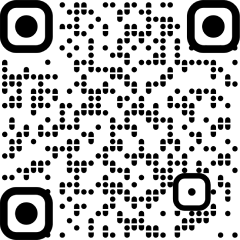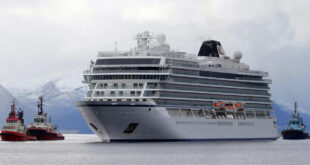[ad_1]

Amidst a surge in tourism in Europe, marked by the recent UNWTO data, the influx of tourists threatens to intensify the stress on Europe’s already overtaxed emergency services. Unaware of local health systems, tourists frequently use emergency departments for non-emergencies, exacerbating existing staff shortages and wait times. Innovative Italian startup Doctorsa is addressing this challenge through the use of telemedicine, exemplifying innovation sparked by crisis.
The United Nations World Tourism Organization (UNWTO) reveals that European inbound travel has impressively bounced back to 90 per cent of pre-pandemic figures in the first quarter of 2023. However, this increase in tourist traffic risks amplifying the ongoing health crisis that European countries are grappling with, marked by a critical shortage of medical staff and a struggle to maintain functionality in Emergency Medicine departments.
Its often assumed that tourists, embarking on their holidays, are in good health, or at least not suffering from any immediate medical conditions. However, a recent study revealed a surprising truth: tourists are frequently visiting emergency departments (EDs), at a rate that’s just about half as often as the local population. Tourists, being away from their regular physicians and unfamiliar with the local health system, often resort to emergency rooms for non-emergency health issues.
This not only increases the burden on these critical facilities but also leads to a negative experience for the visitors themselves, who face long wait times for minor ailments.
The solution may lie with telemedicine platforms such as Doctorsa, which are designed for travellers, that offers a custom solution to their healthcare needs. Tourists can swiftly access an English-speaking doctor through their smartphones, no matter the time – be it night, day, or even holidays. The cost for a consultation is reasonable, ranging from 12 to 40 euros. This makes the service accessible to a wide variety of travellers, from budget-conscious backpackers staying in hostels to luxury seekers in upscale resorts.
Telemedicine allows for the optimal use of medical resources without being hindered by geographical constraints. For example, a tourist visiting Venice could receive medical assistance from a doctor located hundreds of miles away if they’re available. This system not only improves the efficiency of healthcare resource distribution, but also ensures that patients have wider and quicker access to medical care.In addition, Doctorsa offers tourists the ability to consult with their regular doctors who can diagnose and prescribe treatments online, which are then ratified by locally licensed doctors via telehealth.
As Europe prepares for a strong peak summer season, the collaboration between Doctorsa and the local health systems might just be the game-changer that ensures a seamless and enjoyable travel experience for all travelers.
[ad_2]
Source link






